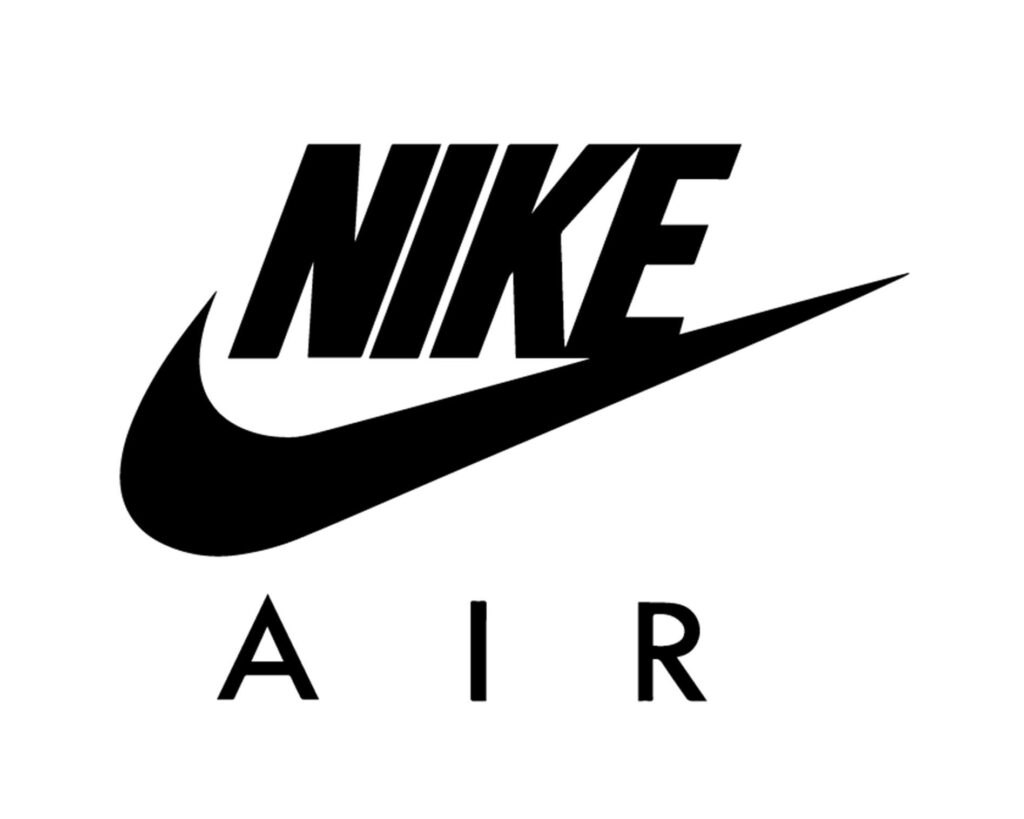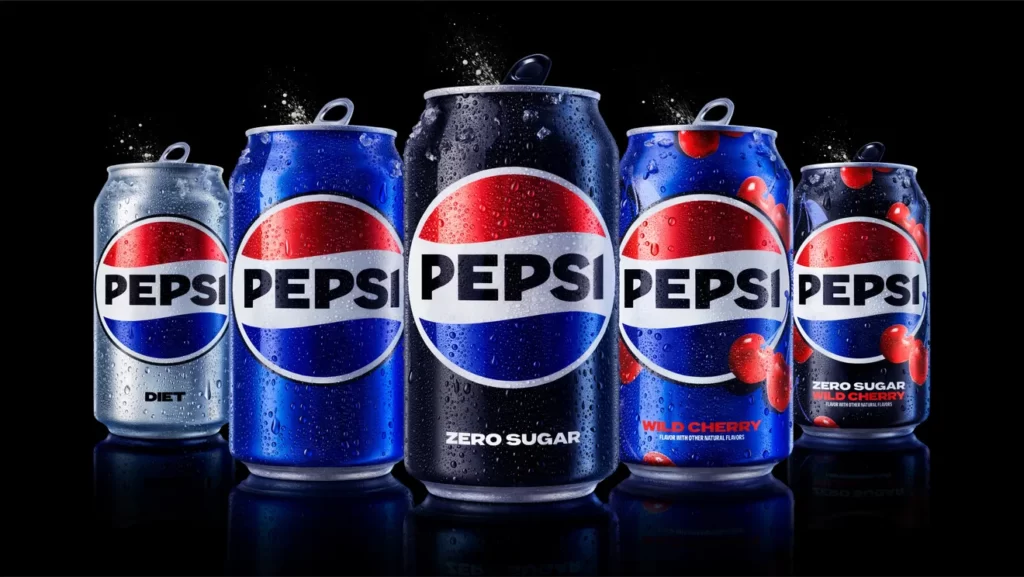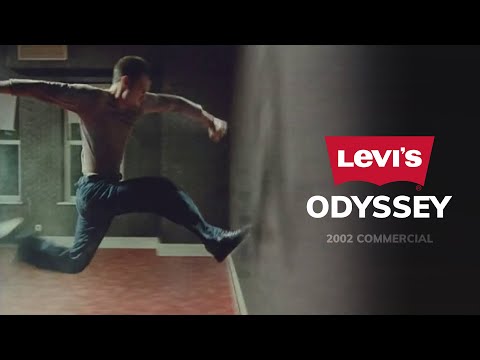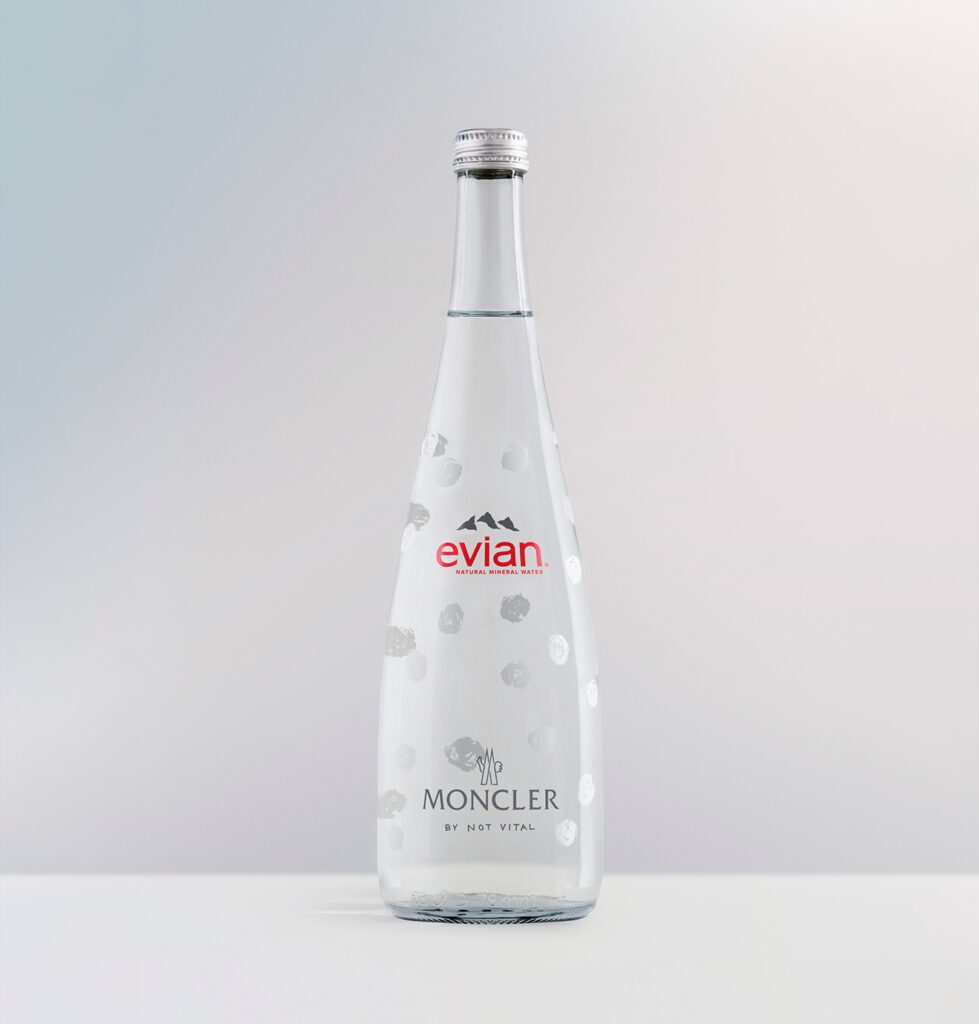Rejuvenating a Fading Brand

Knowing your brand’s essence, being flexible, and interacting with your audience on a real level are some of the most important factors
When a brand’s popularity, usefulness, and connection with consumers gradually decline, we say that it is fading. There are several ways this may show up:
- Declining Sales and Market Share:
The most glaring indicator is a steady decline in sales as the brand falls behind rivals.
- Demographic Shifts
Your brand may become irrelevant if you don’t change to cater to new demographics as your target customer changes preferences or gets older.
- Products and Services That Are Now Antiquated:
Products risk becoming unpopular and out of date if they fail to adapt to new technology, changing customer preferences, or fashions.
- Negative Perception:
The importance of public perception is vital. A terrible reputation brought about by scandals, bad customer service, or unfavourable news may cause your brand’s popularity to plummet.
- Lack of Connection:
In the modern age of the internet, brands must interact with their target demographic on a more personal level. Silence and insignificance in conversational engagement might cause your brand to recede into oblivion.
Reviving a flagging brand calls for a well-planned combination of self-reflection, new ideas, and human connection. Organisations may revive flagging brands, reawaken customer interest, and set themselves up for sustained market success by adhering to some essential principles and learning from instances of effective brand revitalization.
Some important things to do:
- Examine and audit your brand. Why the fade?
Find out why sales are down, how demographics are changing, what your competitors are up to, and how people feel about your brand by doing market research, surveys, and internal audits. Assess the brand’s present condition by doing a thorough SWOT analysis, which stands for strengths, weaknesses, opportunities, and threats. Evaluation of the competitive environment, customer sentiment, brand equity, and market positioning are all part of this process.
Look at the mood on social media and how many people visit the website. To better understand the shifting tastes and preferences of the younger demographic, Levi’s, for instance, conducted consumer studies.

- Get to know your customers’ wants and needs:
Market research, surveys, and feedback from customers may help you understand how consumer demands, preferences, and behaviours are changing over time. Learn the target market’s buying habits, customer satisfaction factors, and loyalty drivers.
Domino’s Pizza listened to consumer input and performed thorough market research, both of which showed that pizza quality was an issue. The pizza delivery company Domino’s saw a dramatic upturn in sales and public opinion after launching a brand revitalization drive to raise the bar on ingredient quality and recipe innovation.

- Find the primary issues and challenges:
Does it have anything to do with connection, negativity, out-of-date products, or significance? The demise of the Kodak brand occurred because the company was slow to respond to the rise of digital photography.
After doing a brand audit in the early 2000s, Apple realised that its brand had lost its inventive edge and was having trouble competing in the PC market. As a result, Apple refocused its efforts on product innovation and design, which resurrected the company’s reputation with the introduction of groundbreaking devices like the iPad, iPhone, and iPod touch.
- Re-positioning and establishing a distinct value proposition
Figure out how to position your brand differently from the competition and what value you can provide that will appeal to your target audience. Make sure that the brand’s USP is consistently communicated across all channels.
Old Spice was able to resuscitate its brand by shifting its image from one of an old-fashioned, stuffy men’s grooming product to one that appeals to a younger demographic via its irreverent humour and modernity. The “Old Spice Guy” ads successfully conveyed the brand’s updated image and character, which boosted sales and kept the name in people’s minds.

- Redesign the logo and other visual components:
Bring the brand’s logo, packaging, and marketing materials up-to-date so they represent the new positioning and make an impression on modern consumers. For better brand awareness and memory retention, make sure all brand graphics are consistent.
By giving its logo and shop design a facelift, Starbucks breathed new life into its brand. Starbucks’ dedication to innovation and relevancy is shown in the revised logo, which kept the famous mermaid symbol but streamlined the style.
- Make your core relevant
- Get your values back:
Remember who you were and what you stood for when you rediscover your initial audience.
Despite the difficulties, Apple maintained its dedication to cutting-edge design and user experience.
- Update your narrative:
Revise your brand’s backstory so it relates to modern goals and ideals.
To support inclusive sports and social causes, Nike modified their “Just Do It” tagline.
- Bring innovative concepts to existing products, services, and experiences. Revamp what you have to offer:
- Innovate products:
Differentiate the brand in the market and adapt to changing customer requirements by innovating and diversifying the brand’s products. Launch fresh offerings that complement the reimagined brand’s value proposition and positioning. Keep up with the times by modifying your product line as trends and requirements change.
Flyknit and Nike Air are just two examples of how Nike has reinvigorated its brand via constant product line innovation and the introduction of new performance technology. Customers loved the brand and bought more of it because of its innovative and performance-oriented products.

- Optimize identity:
Revamp your brand’s visual identity (logo, packaging, etc.) so it reflects your beliefs and is in line with modern tastes. Take Pepsi as an example; they gave their logo and packaging a facelift to make them seem more contemporary.

- Establish a bond with your customers:
- Interact with customers:
Make use of interactive campaigns, social media, and influencer marketing to cultivate real relationships.
To reach a wider audience and promote their goods, L’Oréal collaborated with a varied group of beauty influencers.
- Build community:
Make people feel like they belong by planning activities, campaigns, or loyalty programmes.
Patagonia, to connect with its eco-conscious clientele, organises environmental action activities.
- Design a product that stands for the market representation of the brand
Skechers made their name known early on with the legendary Chrome Dome, a pair of urban street boots. During a period when Nirvana ruled the charts, the Chrome Dome embodied the spirit of youth. An ideal experience example for brand users was the Chrome Dome. With a worn-out, gritty appearance, the Chrome Dome was well-liked by all sexes. Brands can connect and modernise when they have famous products that are in line with current trends.

- Show excitement that showcases innovative, valuable solutions to customer’s issues
For Skechers, effective marketing communications are crucial to the success of their brand. If no one is aware of your fantastic brand, it will remain unnoticed and unappreciated. These days, famous people heavily advertise Skechers’ inventive, comfortable, and stylish walking shoes and other products on television. When Skechers announces anything novel, it piques people’s curiosity because, well, new is news.
- Measure and adapt
- Monitor progress:
Keep a close eye on how well the revival initiatives are doing by using feedback systems, market research, and key performance indicators (KPIs). Market dynamics, customer feedback, and new trends should inform any necessary adjustments to strategy and tactics. Be sure to keep an eye on important indicators such as sales, engagement, and brand sentiment to gauge how well your initiatives are working.
- Stay adaptable:
Use data and consumer feedback to adjust your strategy. Revitalization is an ongoing process, not an end in itself.
Within the context of consumer feedback, Starbucks, for instance, is always experimenting with different menu items and shop configurations.
To attract younger, health-conscious customers, McDonald’s updated its menu to include more plant-based alternatives and renovated its stores to make them more inviting. To fine-tune its plans and achieve sustainable development, the firm meticulously tracked sales data, customer input, and market trends.

Extra
• Embrace Nostalgia: If your company has a rich history, use it to your advantage by carefully appealing to older customers’ good recollections.
In honour of its legendary past, Coca-Cola often introduces limited-edition vintage designs.
Keep in mind that knowing your brand’s essence, being flexible, and interacting with your audience on a real level are some of the most important factors in achieving success. Your flagging brand may be revitalised and given new vitality by following these methods.
Reference
https://brandingstrategyinsider.com/4-keys-to-revitalizing-a-fading-brand/



